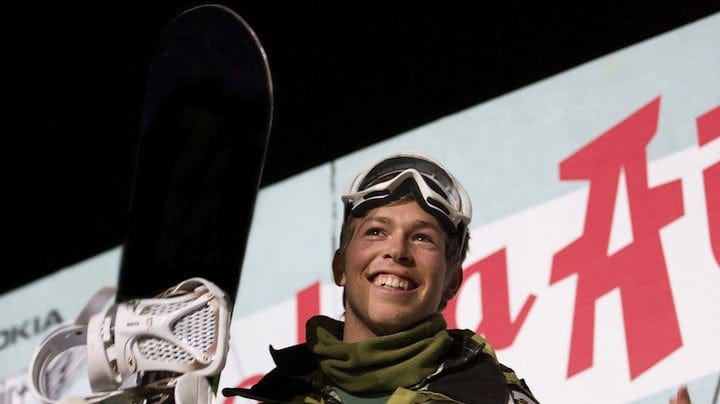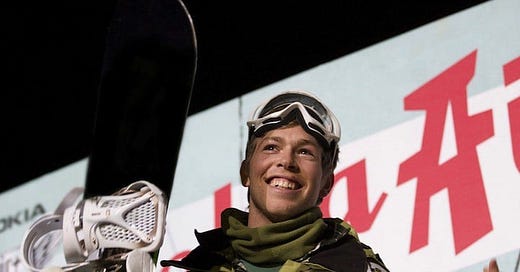‘The Crash Reel’ Review

Imagine a documentary about the problem of heroin addiction that ultimately aestheticizes people shooting up. That’s what Lucy Walker’s The Crash Reel seems to do for an issue of adrenaline addiction associated with extreme sports. At the end of the film, after following the story of professional snowboarder Kevin Pearce in the wake of a devastating 200…
Keep reading with a 7-day free trial
Subscribe to Nonfics to keep reading this post and get 7 days of free access to the full post archives.



